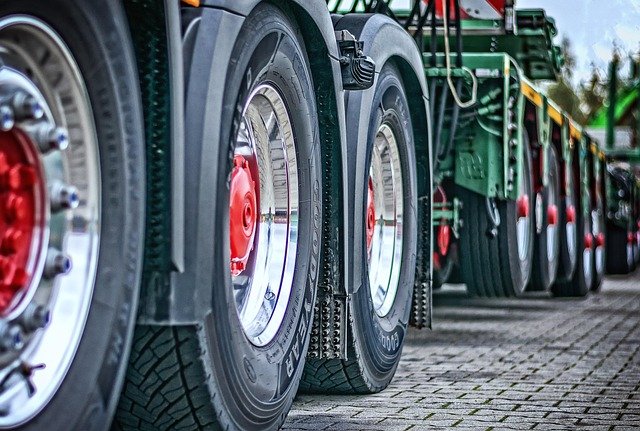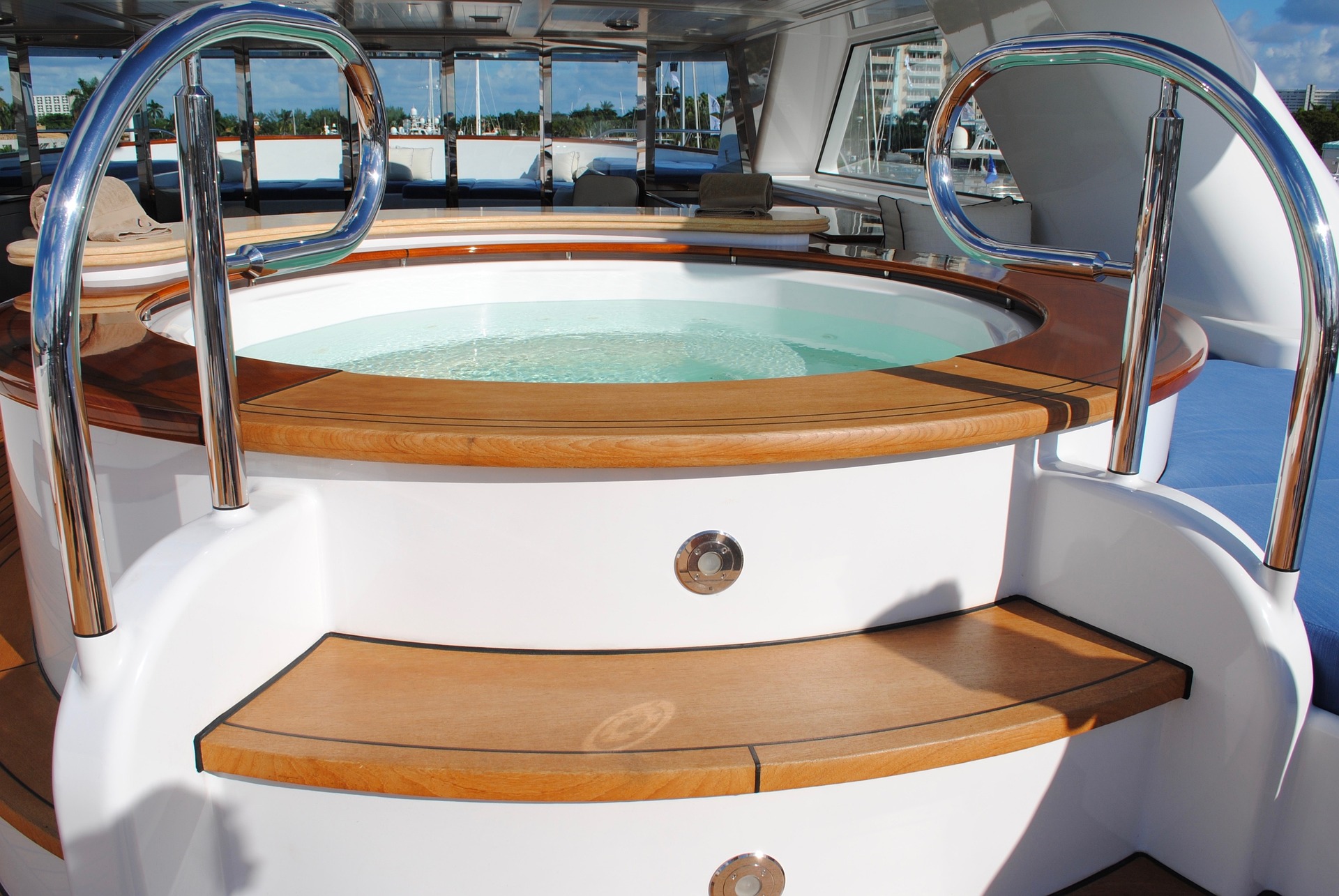Ultimate Guide to Flatbed Trailers: Types, Features & Buying Tips
Flatbed trailers are essential workhorses in the transportation industry, offering unmatched versatility for hauling oversized, heavy, or irregularly shaped cargo. Whether you're in construction, agriculture, or logistics, understanding the different types of flatbed trailers and their specific applications can significantly impact your operational efficiency and bottom line.

What Are the Main Types of Flatbed Trailers Available?
When you explore different types of flatbed trailers and their uses, you’ll discover several distinct categories designed for specific hauling needs. Standard flatbed trailers feature a completely flat deck without sides or roof, making them ideal for construction materials, machinery, and lumber. Step-deck trailers, also known as drop-deck trailers, have a lower rear section that accommodates taller cargo while staying within legal height limits.
Removable gooseneck (RGN) trailers offer the ultimate flexibility by allowing the front portion to detach, creating a ramp for loading heavy equipment. Double-drop trailers feature an even lower deck section in the middle, perfect for extremely tall or heavy machinery. Extendable flatbeds can stretch to accommodate longer loads, while specialized trailers like lowboys are designed specifically for hauling heavy construction equipment.
How Do Materials Affect Flatbed Trailer Performance?
The construction materials significantly impact durability, weight capacity, and longevity. Steel flatbeds dominate the market due to their exceptional strength and ability to handle heavy loads. These trailers typically feature high-strength steel frames with cross-members for structural integrity. However, steel trailers are heavier, which reduces payload capacity and increases fuel consumption.
Aluminum flatbeds offer excellent corrosion resistance and lighter weight, allowing for increased payload capacity. They’re particularly popular in regions with harsh weather conditions or for operators prioritizing fuel efficiency. Some manufacturers combine both materials, using steel for the frame structure and aluminum for the deck to optimize strength-to-weight ratios.
What Load Capacities Should You Consider?
When you compare materials and load capacities, weight ratings become crucial factors in trailer selection. Standard flatbed trailers typically handle 48,000 to 80,000 pounds gross vehicle weight, depending on configuration and local regulations. The actual payload capacity depends on the trailer’s tare weight and truck specifications.
Heavy-haul flatbeds can accommodate loads exceeding 100,000 pounds with proper permits. Multi-axle configurations distribute weight more evenly, allowing for higher capacity while maintaining road safety standards. Always verify local weight regulations, as limits vary significantly between jurisdictions and may require special permits for oversized loads.
Which Key Features Matter Most for Safety and Efficiency?
Understanding key features like tie-down points and deck height ensures safe and efficient cargo transport. Tie-down points are critical safety components, with regulations requiring specific quantities and strengths based on cargo weight. Look for trailers with D-rings, rub rails with stake pockets, and winch tracks strategically positioned along the deck perimeter.
Deck height affects loading convenience and legal height restrictions. Standard flatbeds typically sit 60 inches from ground level, while step-decks drop to 37-42 inches in the rear section. Lower deck heights facilitate easier loading but may limit ground clearance on uneven terrain. Additional features include toolboxes, spare tire mounts, LED lighting systems, and aerodynamic fairings for improved fuel efficiency.
What Regional Considerations Apply to Flatbed Trailer Operations?
Flatbed trailer operations worldwide face varying regulatory requirements, climate challenges, and infrastructure limitations. In regions with extreme weather conditions, corrosion-resistant materials and specialized coatings become essential investments. Areas with mountainous terrain require trailers with enhanced braking systems and structural reinforcement.
Different countries maintain distinct weight and dimension regulations, affecting trailer specifications for international operations. Some regions prioritize shorter trailers for maneuverability in urban areas, while others accommodate longer configurations for highway efficiency. Local infrastructure, including bridge weight limits and road surface conditions, influences optimal trailer selection for specific geographic markets.
How Much Do Flatbed Trailers Cost and Which Brands Lead the Market?
Flatbed trailer pricing varies significantly based on specifications, materials, and manufacturers. Entry-level steel flatbeds start around $25,000-$35,000, while premium aluminum models range from $45,000-$65,000. Specialized heavy-haul trailers can exceed $100,000 depending on capacity and features.
| Trailer Type | Manufacturer | Price Range | Key Features |
|---|---|---|---|
| Standard Steel Flatbed | Fontaine Trailer | $28,000-$38,000 | 48-53ft, 80K GVWR, Steel construction |
| Aluminum Flatbed | MAC Trailer | $48,000-$58,000 | Lightweight, Corrosion resistant |
| Step Deck | Great Dane | $42,000-$52,000 | Lower rear deck, Increased height capacity |
| Heavy Haul RGN | XL Specialized | $85,000-$120,000 | Detachable gooseneck, 150K+ capacity |
Prices, rates, or cost estimates mentioned in this article are based on the latest available information but may change over time. Independent research is advised before making financial decisions.
What Should You Inspect Before Purchasing a Flatbed Trailer?
Learning what to check before buying a flatbed trailer prevents costly mistakes and ensures operational reliability. Examine the frame for cracks, corrosion, or previous repair work, paying special attention to stress points around axle mounts and kingpin areas. Inspect the deck surface for excessive wear, damage, or improper repairs that could affect load securement.
Verify axle alignment, tire condition, and brake system functionality through professional inspection services. Check all lighting systems, including markers, brake lights, and turn signals for DOT compliance. Review maintenance records, title documentation, and any outstanding liens. For used trailers, request recent inspection reports and verify remaining warranty coverage on major components.
Selecting the right flatbed trailer requires careful consideration of your specific hauling needs, regulatory requirements, and budget constraints. By understanding the various types, materials, and features available, you can make an informed decision that enhances operational efficiency while maintaining safety standards. Whether purchasing new or used equipment, thorough inspection and research ensure your investment delivers reliable service for years to come.




